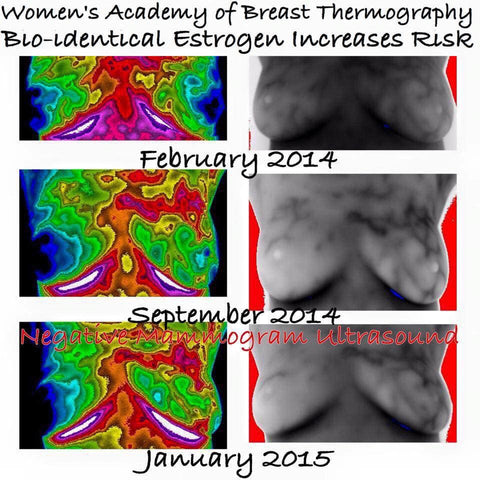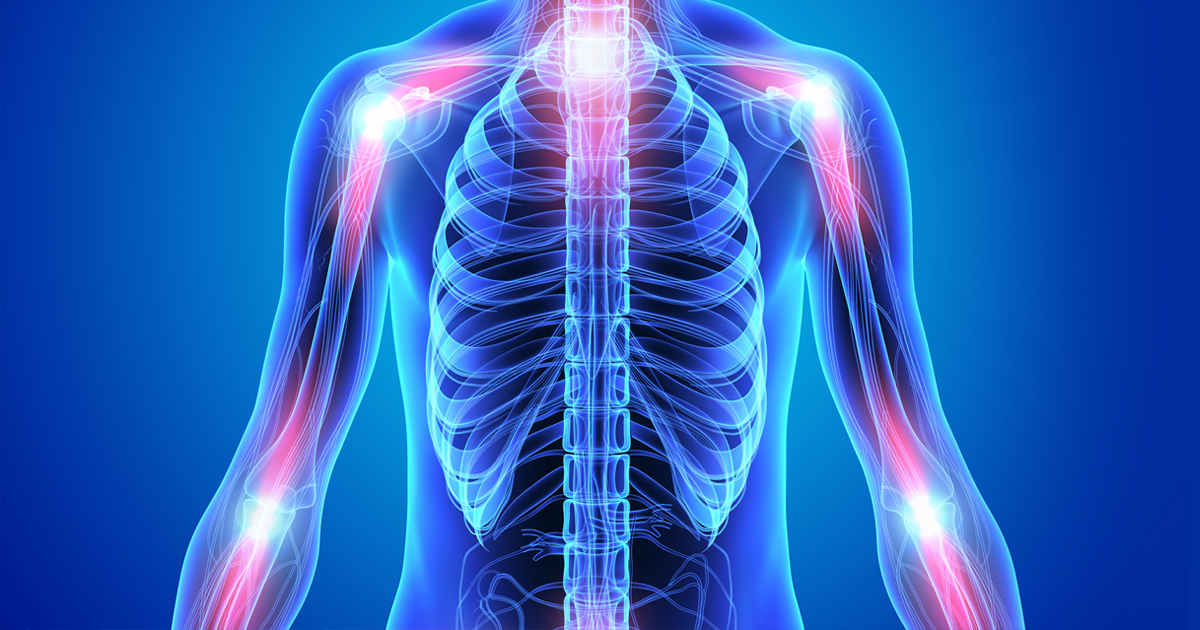
A study found a significant association between variation of salivary cortisol throughout the day in patients with metastatic breast cancer and their subsequent survival.
Salivary cortisol levels of 104 patients with metastatic breast cancer were assessed 4 times daily for 3 consecutive days.
Cortisol values were measured and the slope of the daily variation was calculated by plotting the values on a graph.
The cortisol slope was predictive of survival up to 7 years later. In patients with relatively “flat” rhythms, which indicates a lack of normal variation, earlier mortality was found. Patients with “flat” rhythms also had significantly lower Natural Killer (NK) cell counts and suppressed NK cell activity – and increasd cancer activity. Cortisol is a steroid hormone produced by the adrenal glands, which is the principal hormone secreted by the adrenal glands, located at the upper end of each kidney. Cortisol levels are usually lowest in the morning and increase dramatically throughout the day.
Journal of the National Cancer Institute June 21, 2000;92:994-1000
Cortisol is one of the major adrenal hormones. A flat curve, as the study describes above, would indicate stage three adrenal impairment of the most severe kind, so it is not surprising to find increased mortality in cancer patients. Many health-care professionals now recognise that the adrenal glands need support and provide nutritional supplements, herbal medicines and glandular supplements to assist their clients – particulary so if the person has cancer. These methods are is certainly better than pharmaceutical drugs and the traditional medical paradigm which certainly does not address the factors that cause the adrenals to become dysfunctional. Generally speaking though, one needs to address amongst others, the following issues to improve adrenal health, partiularly if you have been diagnosed with breast cancer:
1) Get to bed before 10 p.m. Rest and repair occurs from 11 p.m. to 1 a.m. and if you are awake it does not happen. ptimise your diet. You cannot hope to recover if your diet is sub-optimal or ‘hit and miss’.
2) Address stress issues. Unresolved psycho-emotional stress issues and burn-out are the most common reasons why the adrenals are impaired. Cancer is seen to preventable by optomising your diet and lifestyle in many cases.
3) Identify hidden causes of stress. These may well be metabolic poisons or toxins such as solvents, pesticides, mercury from amalgam fillings, yeast or anaerobic infections in the gut, parasites, root canal infections, structural misalignments, and a large number of other stressors.
My approachf to balancing the body is a truly holistic one. I use HTMA coupled with a blood test to establish the Root Cause of the imbalance.
What Is HTMA?
Hair tissue mineral analysis is a way to monitor the body’s tissue and cellular mineral activity, which in turn reveals information regarding the body’s energy and glandular systems. This includes the “effect” of thyroid and adrenal glandular activity in the tissues. This in many ways is a better biopsy to use to assess adrenal and thyroid activity. HTMA is a 3-month biopsy, and also because blood levels of certain hormones do not always provide accurate data as to dysfunction of a specific gland.
In addition to the identification of mineral activity, HTMA is one of the best tests to monitor how efficiently your body is able to excrete toxic metals. This is arguably more significant than just observing the presence of a toxic metal. Health and healing depends heavily upon adrenal and thyroid functioning.
Adrenal & Thyroid Activity
The adrenal glands produce a variety of hormones around 50 in total, in order for the body to function. These include catecholamines such as adrenaline, mineral corticoids such as aldosterone and glucocorticoids such as cortisol. The thyroid secretes T4 and T3, hormones that have a major regulatory effect upon metabolic processes.
Many clinicians believe that low thyroid function (hypothyroidism) is becoming an epidemic. A very important parallel is that excessive, depleted or exhausted adrenal activity is oftentimes the underlying cause of low thyroid function. At the very least, adrenal function absolutely must be taken into account when thyroid issues are present, and the opposite applies as well.
The 3 mineral ratios on a hair tissue mineral analysis that identify the “effect” of adrenal and thyroid function are:
- Na/K (sodium/potassium): adrenals
- Na/Mg (sodium/magnesium): adrenals
- Ca/K (calcium/potassium): thyroid
Depending on the degree of stress or burnout, coupled with determining the root cause of the imbalance and addressing this, allows the body to heal. l use nutrient-dense foods, minerals and wholefood vitamin complexes to replenish and renourish the body, this is incredibly effective at restoring health and balance thereby allowing a person to cope better significantly and improve the quality of their life.












